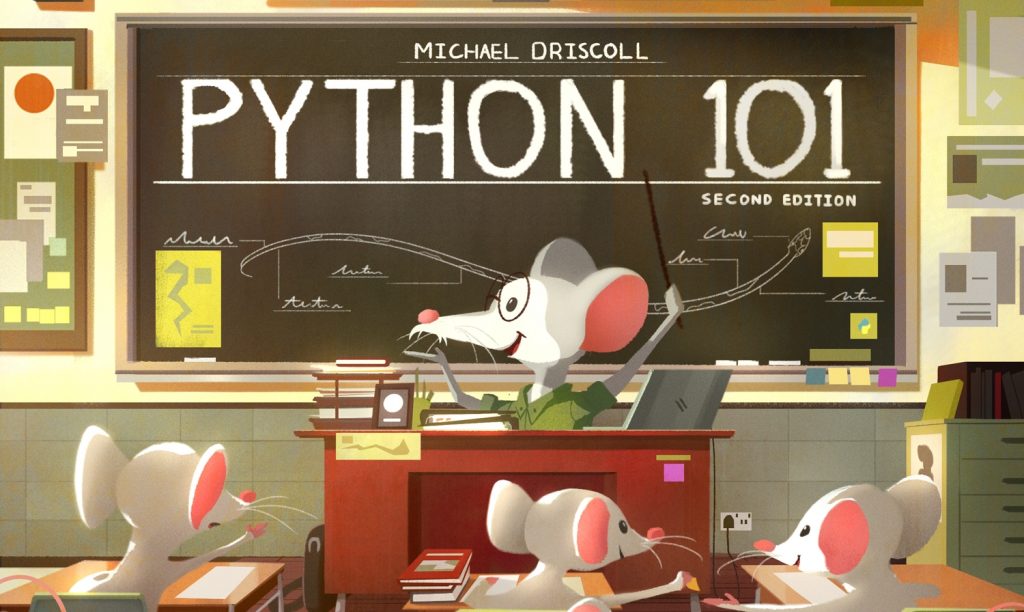The original Python 101 was the first book I had ever written. In deciding to write a 2nd edition, I needed to decide what I should keep and what I should remove from the book. What I ended up doing was rewriting the book from the ground up.

In the original book, Python 101 was based on Python 3.5 and had the following sections:
- Part I – Learning the basics
- Part II – Learning from the library
- Part III – Intermediate Odds and Ends
- Part IV – Tips, tricks and tutorials
- Part V – Packaging and Distribution
For the 2nd edition, I am dropping part II as most of that information can be covered in later chapters. Now that Python 3.8 is out, I am able to cover such things as
- f-strings
- assignment expressions
- dictionaries being ordered by default
- type hinting
- source control
- review questions for most chapters
- and more!
And mention other neat things, like sub-interpreters, the futures module, and audit hooks, although those won’t be covered in detail. I am also planning on making the tutorials section into a more proof-of-concept section where you will have little useful scripts that you can take and use. That was already there to some degree, but I think these scripts will be even better than the original ones.
The distribution section will also get a makeover to cover the latest conventions for distributing your code to the Python Packaging Index. The original book’s coverage is out of date.
Also while the first book mentioned lots of different options for creating executables, the new version of the book will focus on only one or two, but it will show how to create a binary for Windows and Mac. I am investigating how to support Linux, but that may or may not be included.
I will be making quite a few chapters available in the free sample available on Leanpub so people can check it out before purchasing.
I hope you’ll check out the book. Feel free to ask questions in the comments or send me an email.
Python 101 2nd Edition will be released in September 2020
